The difference between API, DIN valve and GB valve
The difference between American standard valve, German standard valve and national standard valve
(American Standard, German Standard, National Standard) The difference between valves:
First of all, it can be distinguished from the standard codes of various countries: GB is the national standard of China, the American standard (ANSI), and the German standard (DIN). Secondly, it can be distinguished from the model. The valve model of the national standard is named according to the pinyin letter of the valve category. For example, the safety valve is A Butterfly valve D Diaphragm valve G Check valve H Stop valve J Throttle valve L Sewage valve P Ball valve Q Trap valve S Gate valve Z and so on. ,
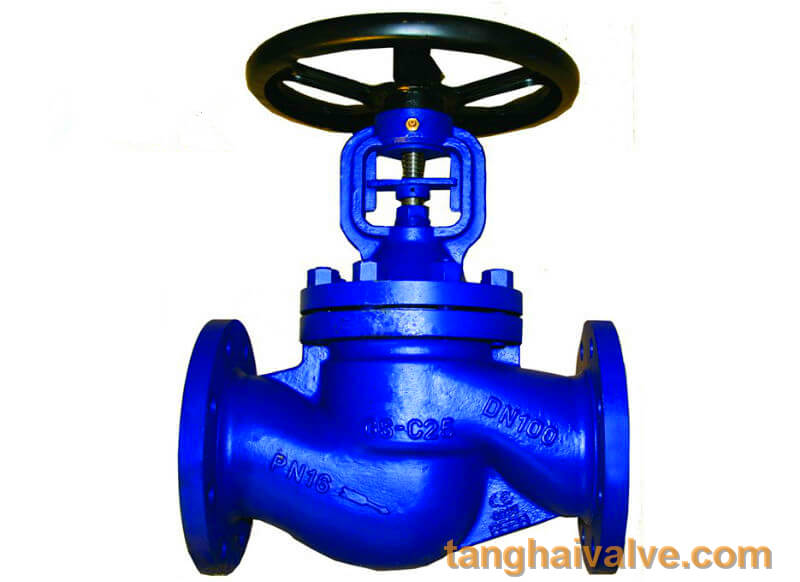
Globe valve (9)
There are no special specifications between American standard valves, German standard valves, and national standard valves. It is nothing more than the difference between production standards and pressure levels. The material of the valve body and internal parts are easy to say, it is nothing but cast iron, cast steel, stainless steel, etc. Taking the American standard as an example, the pressure level of the American standard ranges from 125LB to 2500LB (or 200PSI to 6000PSI), and the main standard is API, ANSI, commonly referred to as API, and ANSI valves are American standard valves; German standard valve pressures are usually PN10 to PN320. DIN standard; if it is a flanged valve, the corresponding flange standard must be adopted. The world’s major valve standards are also the American Standard Petroleum Institute API standard, the American national standard ANSI, the German standard DIN, the Japanese standard JIS, the national standard GB, the European standard EN, and the British standard BS. ,
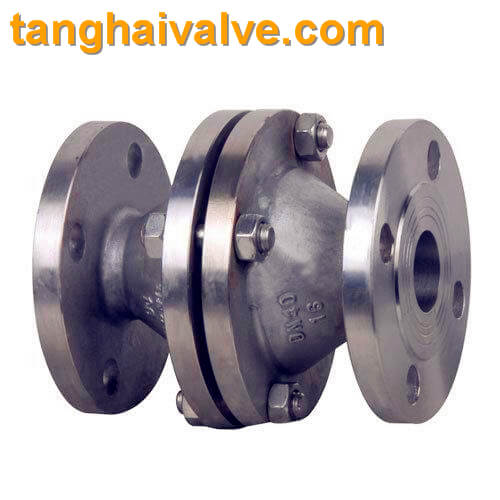
float_ball_check_valve
Simply put, American standard valves are valves designed, manufactured, produced, and tested according to American standards. German standard valves are valves designed, manufactured, produced and tested according to German standards. The national standard valve is a valve designed, manufactured, produced and tested according to our country’s standards. The differences between the three are roughly as follows: 1. The flange standards are different; 2. The structural length is different; 3. The inspection requirements are different.
(American Standard, German Standard, National Standard) Valve Standard:
China National Standard (GB)
Chinese Ministry of Machinery Standards (JB)
American National Standard (ANSI)
American Petroleum Institute Standards (API)
American Society for Testing and Materials Standards (ASTM)
American Valve and Fitting Manufacturer Standardization Society Standard (MSS)
Japanese Industrial Standard (JIS)
German National Standard (DIN)
French National Standard (NF)
British National Standard, European Standard (BS, EN)
Other national valve standards (ГOCT, IEEE, UL)
TH Valve is a professional manufacturer of butterfly valve, gate valve, check valve, globe valve, knife gate valve, ball valve with API, JIS, DIN standard, used in Oil, Gas, Marine industry, Water supply and drainage, fire fighting, shipbuilding, water treatment and other systems, with Nominal Diameter of DN50 to DN1200, NBR/EPDM/VITON, Certificates & Approvals: DNV-GL, Lloyds, DNV, BV, API, ABS, CCS. Standards: EN 593, API609, API6D
Related news/knowledge:
The difference between American, Germany and China standard valve;
Main application areas of 10 major types of valves;
The main classification methods of butterfly valve (1);
Valve seal (ring) material usage range comparison table


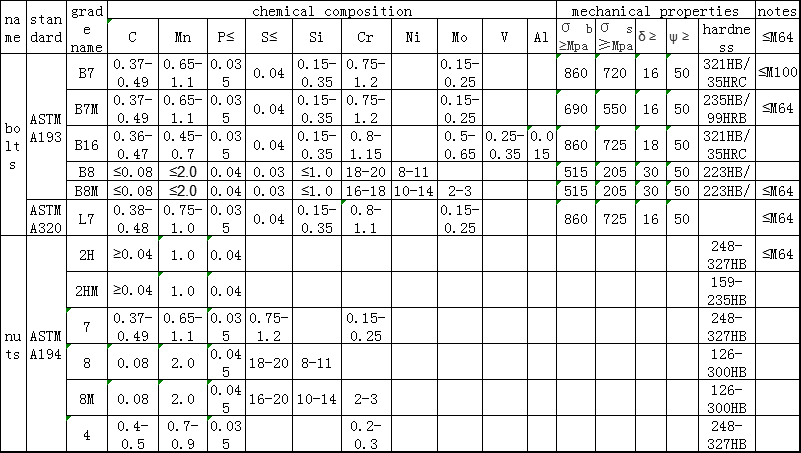
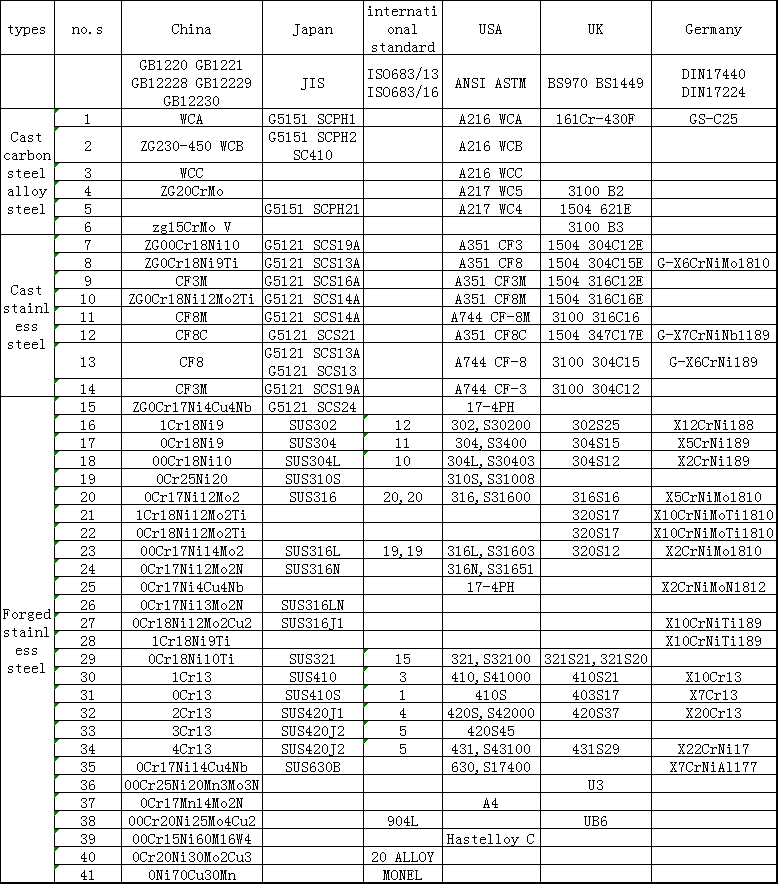
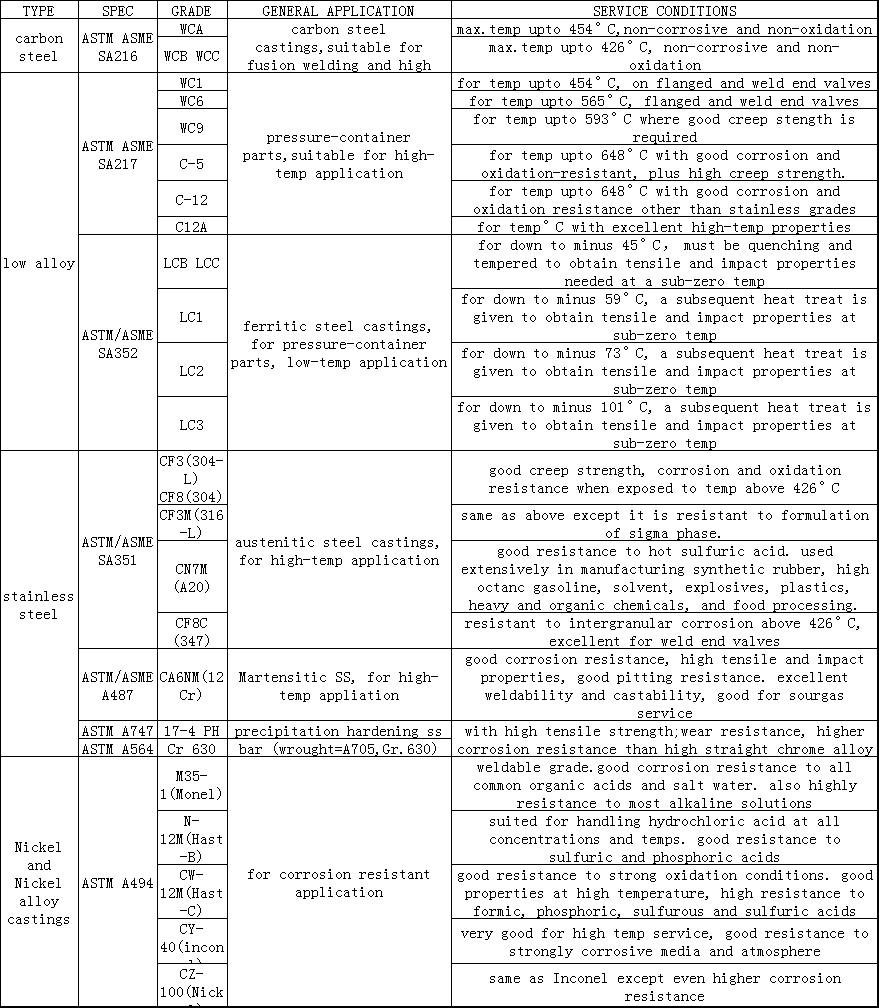
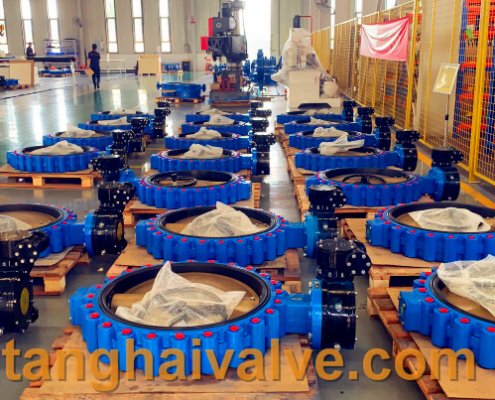
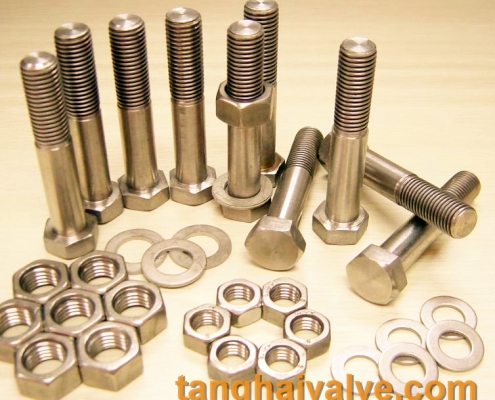
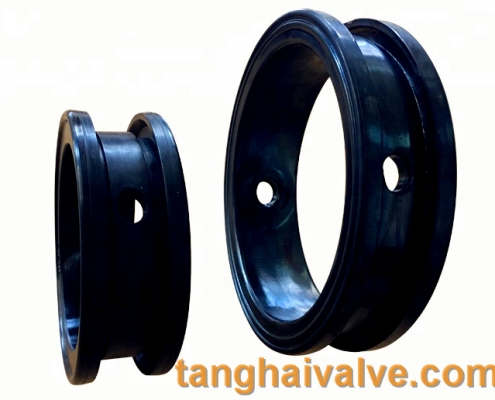
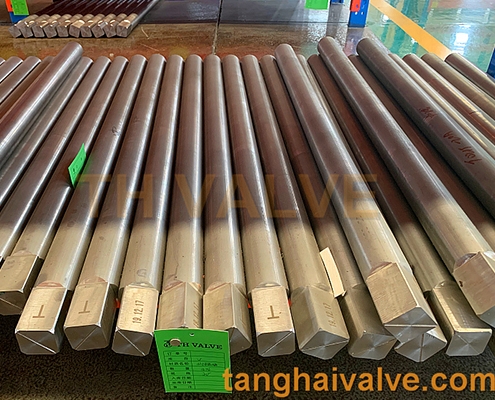
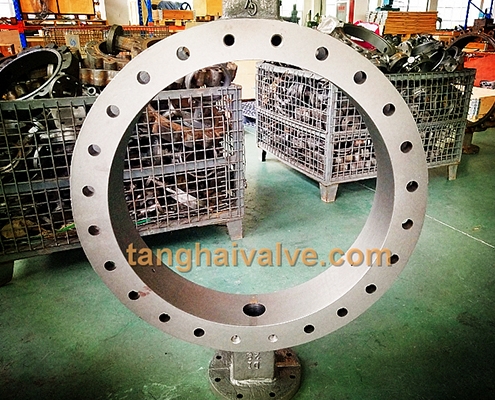


 © Copyright 2020 Tianjin Tanghaidongyang Valve Co., Ltd. All Rights Reserved.
© Copyright 2020 Tianjin Tanghaidongyang Valve Co., Ltd. All Rights Reserved.